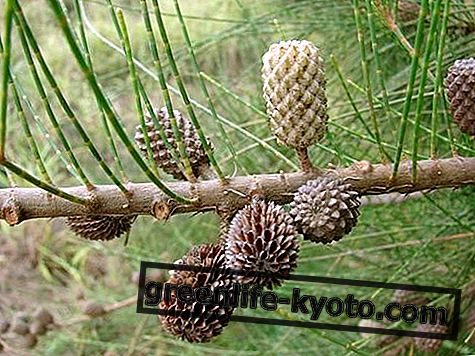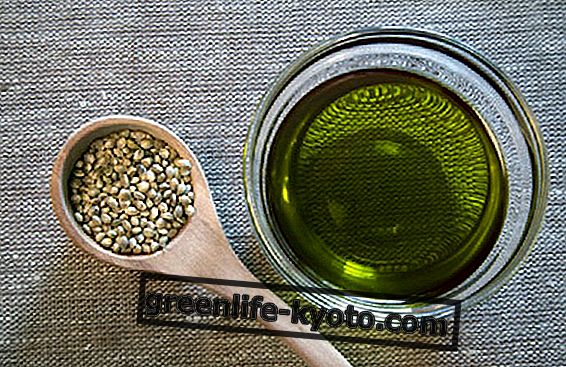
Turkey is one of those special nations, straddling various continents, not only geographically but also historically, culturally and, of itself, gastronomically.
In Turkey we find European characters, especially Eastern European, but also Greek-Roman and Balkan ; we find Asian characters, both Caucasian and Middle Eastern ; we find African characters, especially the Mediterranean north Africa.
In fact, there is not just one type of cuisine, the territory is too vast and the boundaries so numerous that we can talk about regional cuisines : the Aegean one, based on a delicious olive oil rich above all in vegetable ingredients, the Anatolian one, based on the consumption of pasta and meat, that of the Black Sea, in which we find a lot of corn, lots of fish and cabbage at will, and that of the south-east, where we find the famous kebab and baklava.
Istanbul makes history in itself, a cosmopolitan city where restaurants and taverns are managed by non-Islamic minorities in which Armenian, Romanian, Mediterranean and ancient Ottoman cuisines merge .
Turkish cuisine: typical dishes
For now we have only mentioned kebabs and baklava . The kebap - to put it turkish - has infinite nuances in this nation, and in addition to the classic bread, it is also served in a plate with various vegetables and sauces, and in different cuts.
Minced meat can have different, often spicy, aromas with paprika or garlic, with fermented milk creams, legumes, aubergines or tomatoes, parsley, pepper, onions, and so on.
Lamb meat (more rarely beef) can also be cut into cubes and may also include offal and liver.
Baklava is a sweet local delicacy: puff pastry rich in sugar and filled with hazelnuts and dried fruit .
But in Turkey also soups are the most popular, in which they add tarhana, wheat and fermented yogurt that is used as a thickener.
We add the stuffed vegetables, such as dried aubergines with lamb or the famous dolma of green leaves .
Turkish cuisine: where to eat (on the street or in restaurants)
In Turkey we eat everywhere : at home, in restaurants, in street kiosks, and finally in taverns, where we love to drink a lot and well. Mostly the Turks eat at home in their daily lives, but they like to go to the restaurant every so often, so we find restaurants everywhere.
Junk food is spreading rapidly, especially in cities, with fast food chains and replacing old local breads with prepackaged sweet industrial bread.
Nowadays in Turkey the theme of veganism is current and many people turn towards this lifestyle choice, but breeders also aim to offer a dignified life to their leaders and to feed them with organic and local foods .
Turkish cuisine: not to be missed
The wonderful Turkish food offers an infinite number of attractive options that deserve a taste .
Here only a brief list: all types of local and traditional kebab, simply unrepeatable, especially the pistachio one ; spiced cream as a condiment, steamed meat, seafood, all the various rich and imaginative salads that accompany the dishes, chickpea creams, dried aubergines, as mentioned above, the blakava ... and so on.
Turkish cuisine: what to avoid
Beykoz kebab, because not everyone likes to find lamb brains in their sandwich. To avoid, if only for health reasons, the habit of eating raw meat and raw mussels, a habit that can cost you dearly.
Turkish cuisine: tips and curiosities
It is a good habit to let yourself be guided by the locals, but it is good to remember that, although generous, hospitable and well-intentioned, Turkish locals often have different tastes from ours, so it may happen that we are advised to eat a delicacy like kokorec, sheep offal or lamb that envelops the heart, kidneys and liver .
One of those details to keep in mind.













